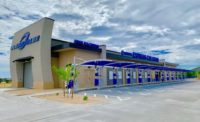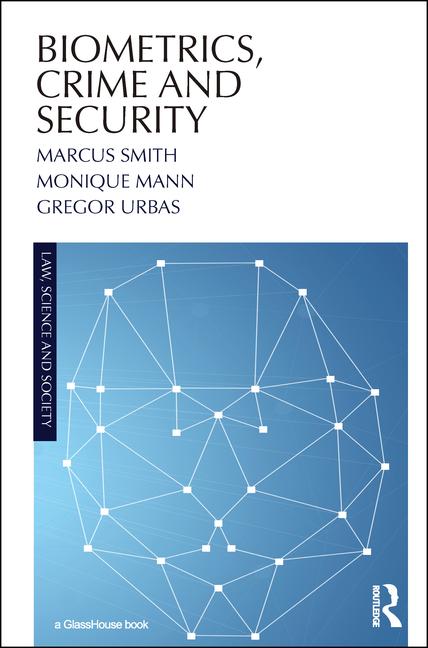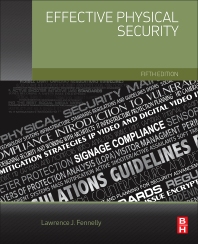
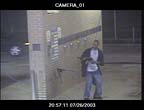
Police caught all three assailants based on the high-quality recorded digital images that the car wash owner provided. Both victims survived the attack, and one even returned to the car wash to thank the owner for putting in such a high-quality CCTV system.
“At the time of the incident, the city council was trying to close up all car washes in the city at 8 p.m. because of the high crime rate,†reported Mark Georgieff, owner of TCL Car Wash and three others. Since this incident, the effort has been abandoned.
Georgieff reports that the cameras have saved him hundreds of thousands in revenue because 25 percent of his business occurs from 7 p.m. until daybreak.
His original security system was analog with a time-lapse recorder, a multiplexer and some fixed cameras. He maintains the system had poor record quality, was expensive to maintain and not very efficient when retrieving information.
So he cabled his four new car washes with coax and chose Napco for the alarm system, IEI’s LS Series for access control, Pelco’s PTZ (pan/tilt/zoom) and fixed cameras with several Rainbow bullet cameras for CCTV surveillance and Dedicated Micros for DVMRs (digital video multiplex recorders) for recording.
“With the digital recorder, you can click through the times with the joy stick, looking at it hour-by-hour or go straight to the time when you think something happened,†he explained.
Other advantages to a digital video recorder Georgieff cites are that image quality never diminishes and images can be printed on paper, saved to disk or e-mailed directly to the police.
The Dedicated Micros Digital Sprite DVMRs he uses have 320g of internal image storage capacity. He also bought two BX2s, each of which gives him 1.2 terabytes of internal storage, and built-in CD recorders. This gives him the ability to record at almost real-time or for up to four months at a standard record rate.
“My advice is don’t skimp on the hard drive,†Georgieff recommended. He only has to run cable for power, telemetry and coax and the system works from the DVMR and the Dedicated Micros’ KB3 remote keyboard.
He cabled each of the four car washes to support 16 cameras, including one covert camera that is installed in the change machine. This allows him to get a face shot of each customer.
Georgieff drives between his locations all day. His system allows him to view them from any site. At night, he logs onto his network using Dedicated Micros’ Network Viewer. This enables him to watch employees to see if they are working, taking long breaks or not paying attention to customers.
If someone bangs on a vacuum or change machine, an alarm activates the CCTV system and the PTZ cameras are auto-directed to focus in and record the event.
He then posts the pictures of the customers who vandalize equipment or cause messes in the area over the change machine to warn them not to come back.
Over the past five years, he has had an estimated 30 people arrested for trying to steal equipment, money or break in. Georgieff also recorded from four different cameras one employee stealing money.
The City of New Orleans awarded Georgieff with the Crime Fighter of the Year Award for 2003, based on his capture of high-quality video of the shooting that helped police quickly arrest the attackers.
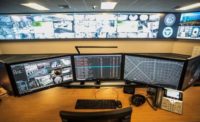
.jpg?height=200&t=1637676536&width=200)
